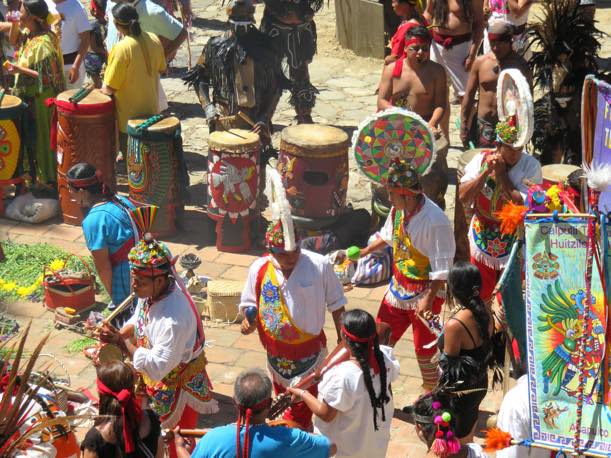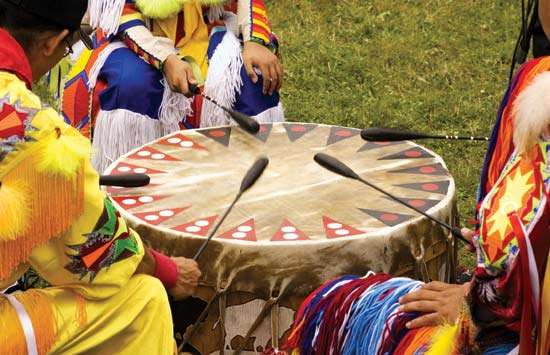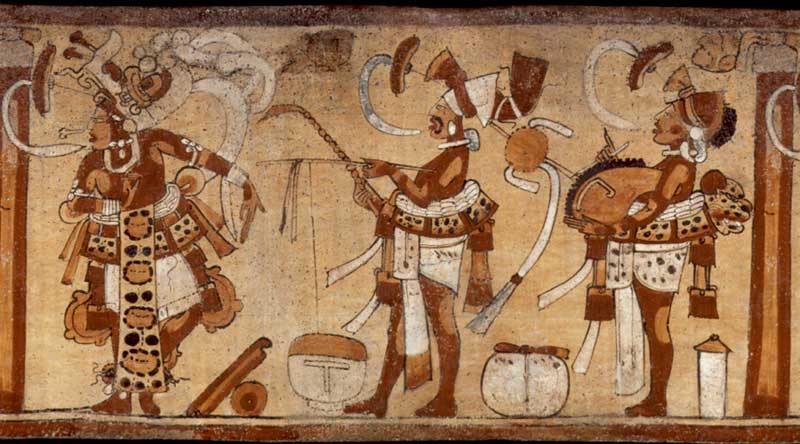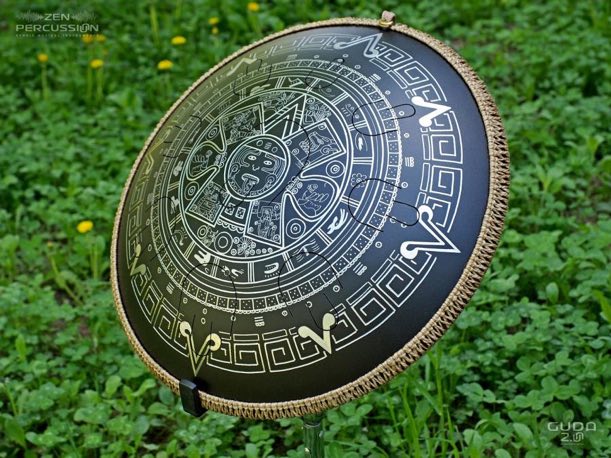No products
Top sellers
-

Freezbee Flower of Life
Enigma scale: A C D E F G A C Rope decoration is include Materials:...
$369.00 -

Freezbee Morning Star
Enigma scale: A C D E F G A C Rope decoration is include Materials:...
$339.00 -

-

Freezbee Sri Yantra Black Diamond
Enigma scale: A C D E F G A C Rope decoration is include Materials:...
$339.00 -

-

Freezbee Premium Black
Enigma scale: A C D E F G A C Rope decoration is include Materials:...
$369.00 -

Freezbee Dreamcatcher Black Diamond
Enigma scale: A C D E F G A C Rope decoration is include Materials:...
$349.00 -

StandArt 2.0 Plus+ Pure Black
Equinox scale Materials: stainless steel Handmade Engraving Custom scale...
$569.00 -

Freezbee African Graphite
Enigma scale: A C D E F G A C Materials: Stainless steel. Handmade...
$369.00 -

Freezbee Premium with bag
Tonus Scale: Bb C D F G A Bb C Rope decoration is include Materials:...
$399.00

THE ORIGIN OF PERCUSSION INSTRUMENTS
The drum is regarded as the oldest musical instrument on Earth. Although the oldest drums found by archaeologists are 8-9 thousand years old, people began inventing and using percussion instruments much, much earlier. Even monkeys like to beat a rhythm by striking hollow trees, and the rhythmic beating of a mother's heart is the first, most familiar sound that a child hears in the womb. All around us, the natural world is filled with objects and materials that can be easily used as drums. Thus, percussion instruments are the simplest, most natural instruments on Earth. Perhaps this is why people have always responded so intuitively to the rhythm of a drum.
It’s no wonder that all ancient cultures used drums when they needed to signify something important — drums were used in sacred rites and military actions, and also as a way to transmit information. War, public communications, weddings, funerals, religious rituals, and even dances — all take place to the beating of the drum. Even in ancient myths, a magical rhythm rules the world – it was rhythm that forged our world order from chaos, creating the familiar structure of reality.
That is why in many ancient cultures, the rituals marking the new year are set to a drum rhythm that is often beat by the whole tribe, helping revitalize the world order and start anew.The beating of the drum plunges us into a trance-like state. This was used by shamans on their journeys to the so-called upper and lower worlds.

This very same rhythm transforms a dance into a magical ritual, carrying us into the realm of gods and ancestors where we all dance together. The beating of the drum serves as a universal mediator – a means of public communication, where the drum transmits signals over long distances. It also can function as a conductor between the world of people and an otherworldly reality, as in many ancient sacred rituals.
The first ionic instruments were probably hollow tree trunks, because they are natural sound conductors and there is no need to alter them to produce a rhythm. Later on, people started stretching animal skins over hollow frames and beating on them with their hands or sticks. They’d stretch the skins of animals and reptiles to create membranes and used veins, and later ropes, to hold them taut. These days we use metal casings and tension rods, which can be adjusted to alter tone.

The oldest drums found by archaeologists were discovered in Mesopotamia, which is not surprising, because that is where, in 4000 BCE, the oldest urban civilization emerged – Sumer, from which we all descended. Surprisingly, these drums are some two thousand years older than the Sumerian civilization itself, dating back to around 6000 BCE. This suggests that drums predate the civilizations known to us, and that their roots lie in the cultures of the Stone Age. Another ancient drum found in Moravia dates back to 5000 BCE. It points to the long, centuries-old tradition of crafting percussion instruments that preceded it.
In Ancient Egypt, another great civilization that rivals Sumer as the first civilization on Earth, drums appeared in 4000 BCE, even earlier than hieroglyphic script and the Pyramids. Metal, cup-shaped drums dating to around 3600 BCE were found in territories currently occupied by Germany. They ranged from 14 to 50 cm in size.A thousand years before our era, Mesoamericans made drums out of pumpkins or hollowed out of wood, which they used in religious ceremonies and rituals, and also in military campaigns to energize their warriors.

How did drums make their way to Europe? This question is debated to this day. Some say that drums came to Europe from the Middle East at the dawn of the Greek civilization, which has its roots in the cultures of Asia Minor. For example, the Greek membranophone/tympanum originated in the East, and was used for dances and in sacred rituals. Others say drums came to Europe from Africa, transported by the ancient Greeks who were impressed by the powerful, strong sounds of African tom-toms. Although the curious instruments imported by the Greeks were not used often, they most certainly impacted the percussion tools subsequently developed by the Greeks.
A new wave of drums that took over Europe is associated with the period when the Roman Empire began competing with the Phoenician state of Carthage for new lands in Africa. In the third century BCE, the Romans invaded Africa, where they encountered the highly-developed practice of playing percussion instruments. Surprised at the effect produced, the practical Romans applied these instruments first and foremost to military affairs: to transmit military signals, intimidate the enemy and raise troop morale.
But, although they used African drums, Europeans did not use African rhythms, preferring their own musical traditions.
The next stage of Europe's adoption of drums began with the discovery of America. With its medley of inhabitants from Africa, Asia, and South America, the Americas produced an amazing cultural mixture of ethnic rhythms and a diverse array of percussion instruments. In America, Africans invented new instruments and drums that resembled those from their homeland, but were still something new. From symphonies to rock bands, drums became one of the most popular musical instruments on Earth.
Drums amaze us with their variety in terms of materials, shapes, and applications. They are made of wood, animal or reptile skins, clay, bone, and metal. In Africa, there are huge, 4-meter-wide signal drums made from hollow tree trunks called “talking canoes,” because they look like boats and, and are made the same way. Their size is impressive, just like Japanese taiko signal drums, which can weigh 3.5 tons and have a diameter of 4.5 meters. Along with these are the elegant tympani drums, decorated with ribbons, which provide the rhythm for Eastern and Greek dancers.
But most scholars believe that the oldest, original function of the drum is for rituals. The rhythm of the drum was not merely an accompaniment to religious ceremonies and ritual dances, they were often the central feature of the rite. The drum not only helped set the pace of the ritual, it also either fostered a trance-like state among the participants, or invoked a state of emotional intensity.
Depending on the ritual and the character of the drumbeat, the drummer could “manipulate” the emotions of the people around, leading them into an ecstatic state. Thus, many anthropologists have noted that natives, spurred on by the rhythm of the drum, could enter a state where they could dance all night, without stopping and resting. Only when the drum fell silent would they fall to the ground. The natives themselves call this “mana” – magical energy controlled by rhythm, while scientists explain it as a special effect produced by rhythm on a person's mental and physiological state, since the frequency of the drum beat is close to the frequency of breathing and palpitation, and can therefore influence us as it changes.

Drums have come a long way from when the first person produced a beat by knocking on wood with a stick. Over the course of their evolution, drums of all types have been created for many different purposes. Experiments with materials have led to some really interesting choices. For example, the only new acoustic instrument created in the 20th century was the steelpan. The steelpan is a melodic percussion instrument invented by the peoples of the islands of Trinidad and Tobago in the 1920s or 1930s. Later, the steelpan served as the prototype for creating such unique musical instruments as the handpan, hang drum and steel tongue drum. At the same time, every nation and culture has invented numerous variants of drums specific to their heritage. From the museum of ethnography to the symphony orchestra, from military signal drums to meditative percussion instruments, drums amaze us with their possibilities and their variety, and invite us to join in the ancient art of rhythm.










